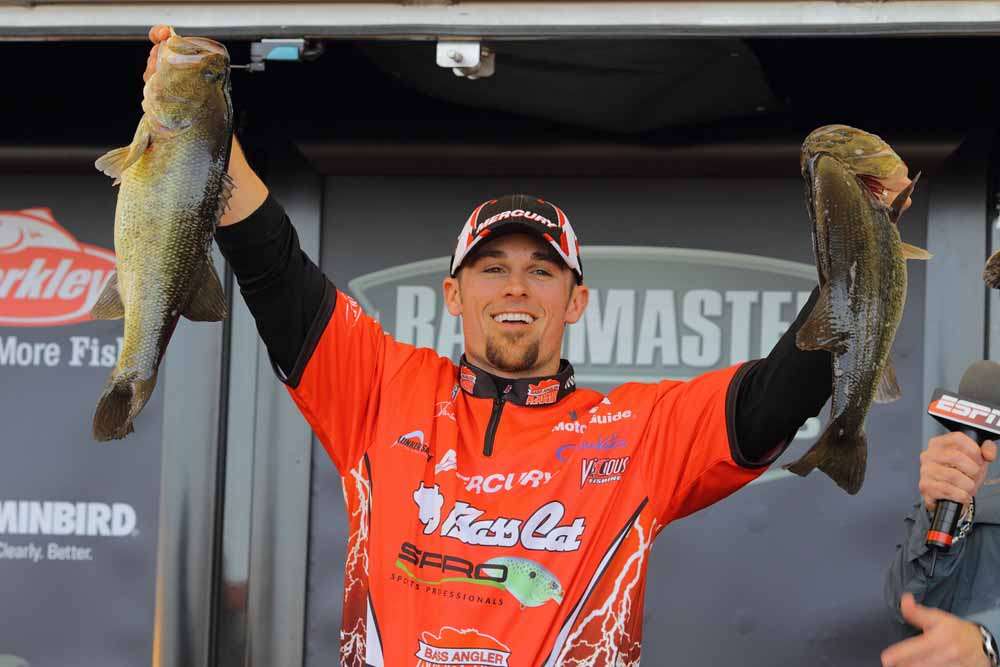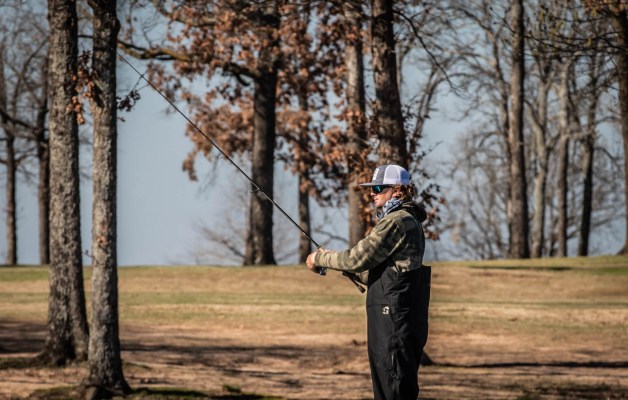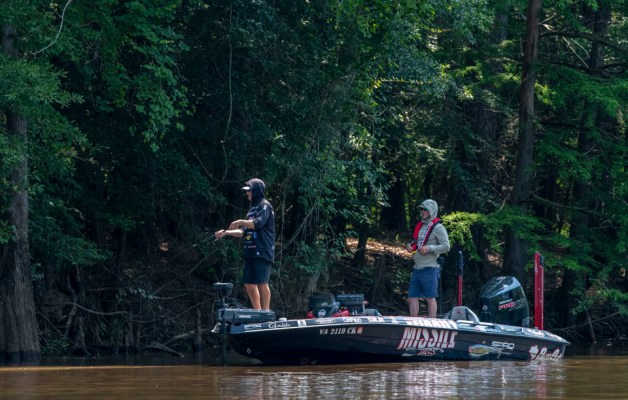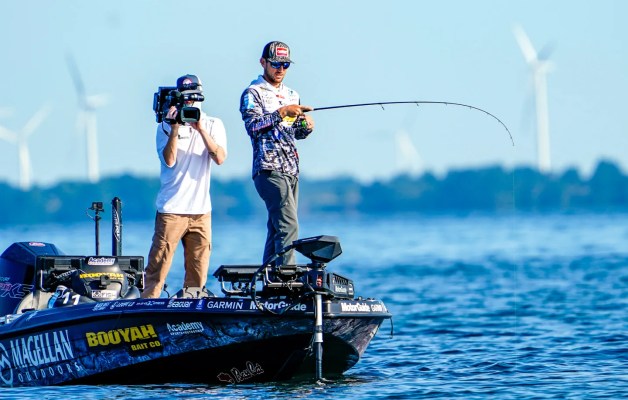
How are those New Year's resolutions coming along? Any of them still alive? If so, congratulations. If not, it's never too late to come up with some new ones that will improve your bass fishing this year and beyond.
One you might consider is learning a new lure or technique. It's easy to get caught in a rut and fish the same baits and methods year after year. Maybe it works for you, but if you're not catching the numbers and size of bass you'd like, you should consider expanding your arsenal and adding some new weapons, whether it's pitching and flipping, deep cranking, bladed swim jigs or castable umbrella rigs. Becoming adept at a new technique is not only potentially productive, it can be fun, too.
John Crews is a Bassmaster Elite Series pro with five Bassmaster Classic appearances and an Elite win on his résumé. Though he has a reputation as one of the best shallow crankbait anglers in the world, he's extremely versatile and uses a wide variety of baits and methods to compete at the sport's highest level. When a new technique comes along, Crews makes it his business to become proficient with it.
When asked how he goes about learning a new method, the Virginia pro says it's all about one thing.
"You have to build confidence," he says. "When you have confidence in a bait or technique, you're going to be successful. Of course, having some success as you learn can be a big part of building that confidence."
Crews has developed a three-step process for learning new methods that will help you, too.
1. Research
"Before you do anything else regarding a new technique," Crews says, "it's important to have an understanding of what it is as well as where and when it works. All of these things are going to shorten your learning curve.
"There are plenty of sources for this research, but today your best bet is probably the web. You can go online and search for articles, photos and videos that will give you a solid start on any technique. When I was just getting started, I'd look to Bassmaster and other fishing magazines for this information — and they're still helpful — but the web is faster."
Another source for research is other anglers. If you know someone who is more experienced than you are with a certain bait or method, pick their brains on it or ask to tag along for a tutorial. Crews says this can be extremely helpful, but warns against becoming too reliant on this information.
"If you ask five experts, you'll get five different ways to do the same thing," he cautions. "The important thing when talking with someone more experienced than you is to get the basics. If you have the basics you can usually fill in the rest of the blanks on your own and adapt the technique to your own style. In the long run, that will help you more."
2. Equipment
"One of the most important things you're going to learn from your research," Crews notes, "is what equipment is needed to successfully use the new lure or technique. If you don't start with the right tools, you're going to have a hard time building confidence, and you might even pick up some bad habits that will slow your progress.
"If you're trying to learn how to 'punch' matted vegetation, an article describing the rod, reel and line that Terry Scroggins uses is going to be a big help to you. If you want to learn frog fishing, Ish Monroe's equipment will get you off on the right foot. You don't have to use the same exact rods, reels or lines, but you need to be in the right neighborhood if you want to be effective."
3. Practice
"Once you have a basic understanding of the lure or technique and the right equipment, it's time to get out there and do it," Crews advises. "You want to commit to it and really get a feel for it. Some guys will leave all their other baits at home, but you don't have to go that far."
If the new lure or technique is similar to one you've already mastered, you're halfway home. Crews suggests that you can "borrow" confidence from the first method and use it to build confidence in the new method.
"When I was learning to fish a jig, I already had a lot of confidence in a Texas rig," he says. "I made that work to my advantage by using the jig on similar equipment and in the kinds of areas I'd had success with a Texas-rigged worm. I caught some bass and built my confidence. Then I was able to expand upon that success and become proficient with a jig.
"I thoroughly enjoy learning a new technique."





